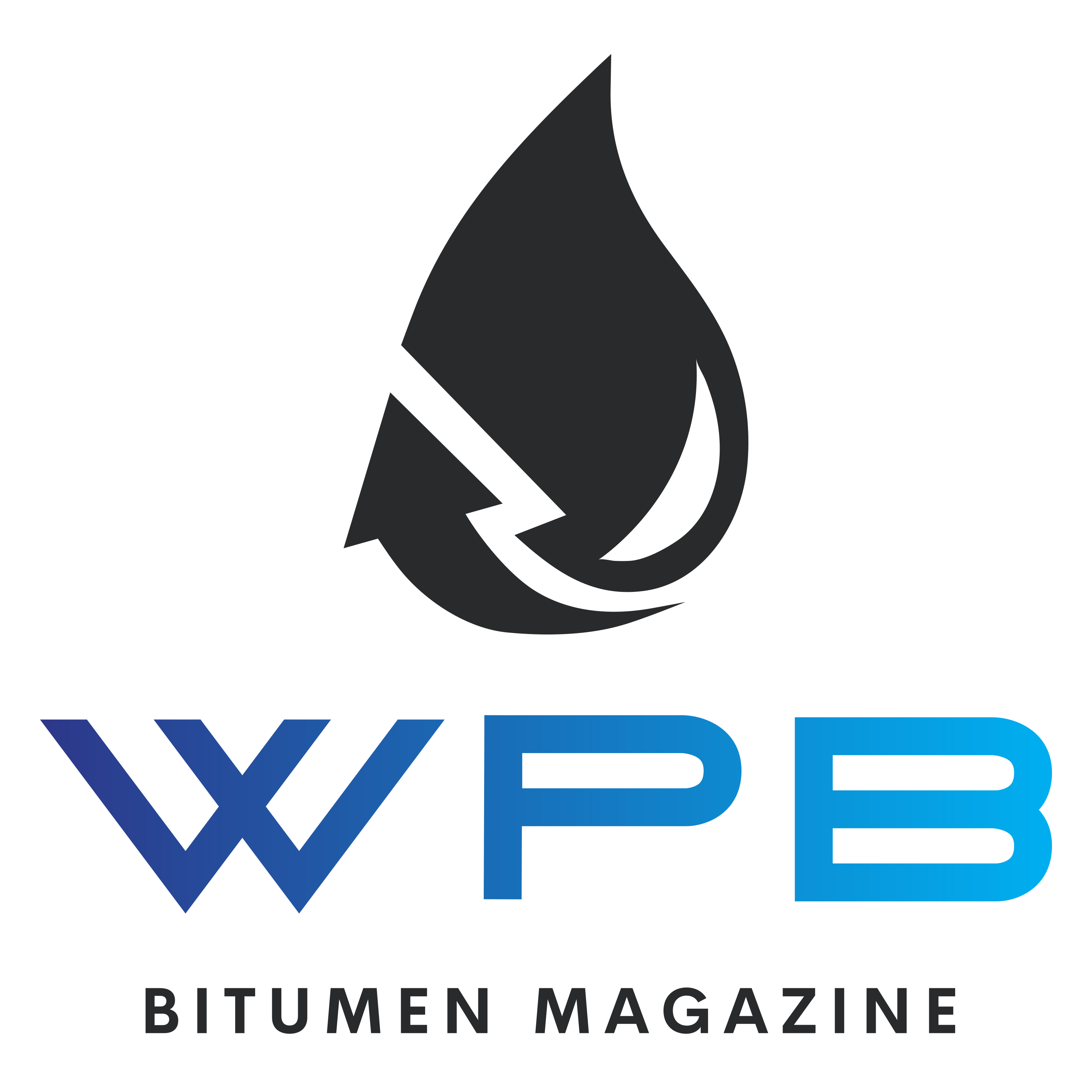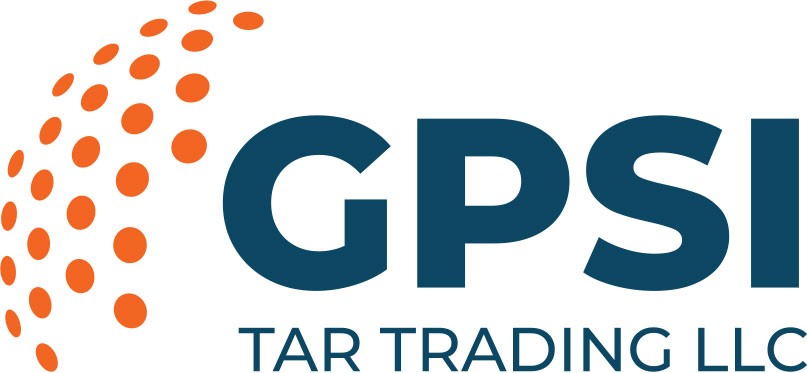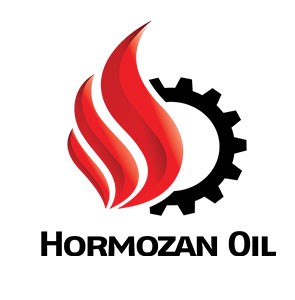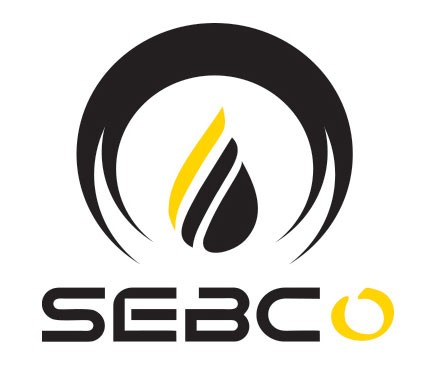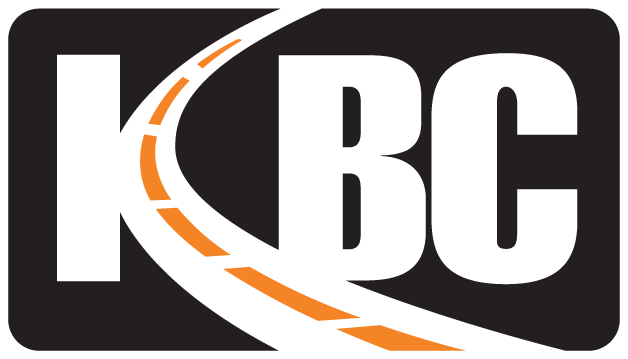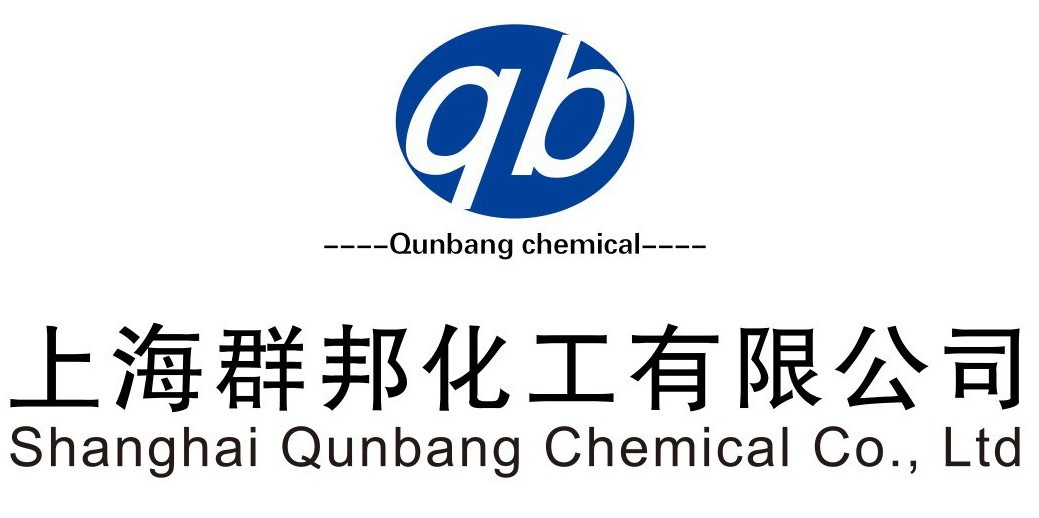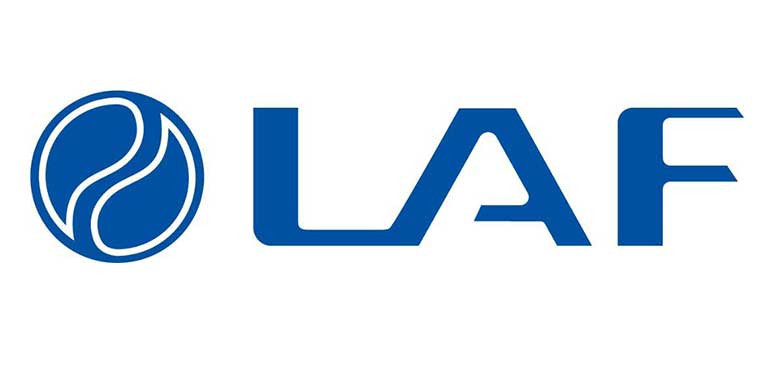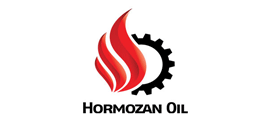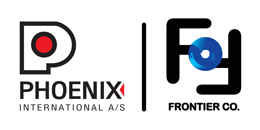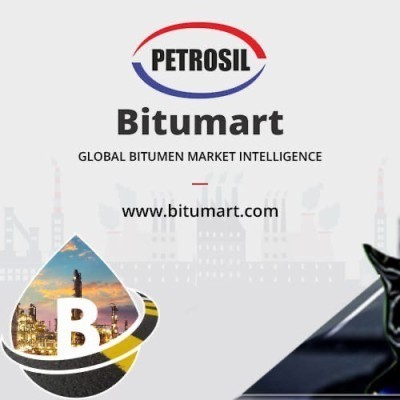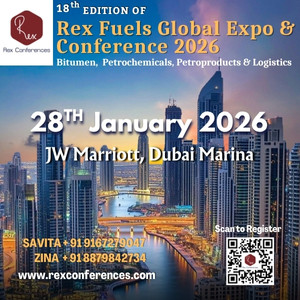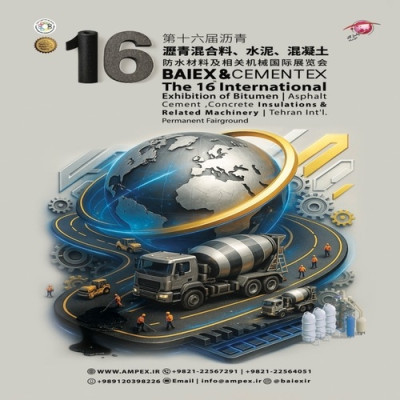WPB reports that global demand for liquefied natural gas (LNG) as a ship fuel is likely to at least double by 2030. This is primarily because a combination of tightening environmental regulations and expanding LNG supply are cumulatively convincing shipowners to switch to cleaner fuels.
The imminent surplus in supply from major export terminals, most significantly the United States and Qatar, should lead to a surplus of LNG later in the decade. Such oversupply would have the effect of decreasing global prices and making LNG more competitive compared to conventional, more carbon-heavy marine fuels.
In the decarbonization of the shipping industry—representing some 3% of total global emissions—LNG has emerged as a leading transition fuel. With a more established global infrastructure and higher market readiness than alternatives such as methanol and ammonia, LNG is favored. As observers note, shipowners tend to choose fuels that minimize total operating spending, and LNG is currently offering both availability and scale.
Singapore remains the world's largest LNG bunkering center, followed by China and the Netherlands. There are also plans to grant additional bunkering licenses to meet growing demand. Statistics indicate that global LNG bunkering volumes have the potential to exceed 4 million tons by 2025 and double again by 2030. Projections by major energy firms, including TotalEnergies, project that overall demand for LNG and bio-LNG can reach around 15 million tons by that time.
According to figures provided by DNV, there are already some 781 dual-fuel vessels capable of using LNG, and this number could exceed 1,400 by 2030 as new orders are inked. This type of growth shows an accelerating shift to lower-emission ship technology.
Fueling ships with LNG offers an immediate environmental advantage, lowering greenhouse gas emissions by nearly 20% compared to fuel oil on a well-to-wheel life-cycle basis—from production to combustion. Investors in LNG as a shipping fuel, like Mitsui O.S.K. Lines, with several LNG-fueled vessels already in service and dozens more on order, emphasize LNG's potential as a bridge fuel until zero-emission technologies are widely available.
Meanwhile, influential industry players are covering their fuel bases. Maersk, traditionally green methanol-focused, has ordered 20 LNG dual-fuel container ships for delivery from 2028-2030. TotalEnergies foresees that LNG will continue to be the dominant alternative fuel beyond 2030 because, despite the efforts of renewable methanol and ammonia, they still face costly production, lack of infrastructure, and low scalability.
Regulatory bodies are also hastening the shift. Europe's FuelEU law, proposed earlier this year, imposes carbon-intensity ceilings on fuels for ships visiting its ports, encouraging LNG uptake. The International Maritime Organization (IMO) is also mulling the imposition of a new emissions charge regime by 2028 that favors cleaner fuel consumption. Although the proposal has been met with resistance from some parties, it indicates the global industry's push toward more stringent climate norms.
Although LNG prices remain higher than traditional marine fuels today, the expected surge in supply later this decade should place downward pressure, rendering LNG even more competitive in the long run. As the shipping world navigates its tumultuous path towards decarbonization, LNG represents a realistic, scalable solution to near-term emissions reduction.
By WPB
Shipping, Sea, Technology
